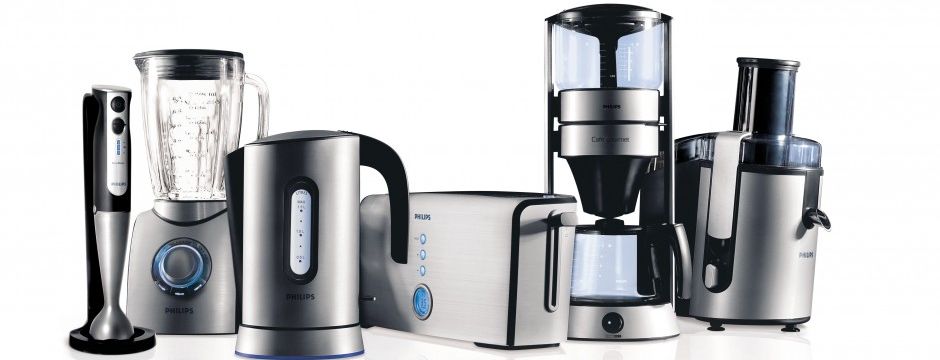How much energy do we use?
There is not one example of a modern community that functions without the support of utility companies. In less than 20 years many countries will be unable to provide their people with the energy that they have come to expect. Nothing is being done to prepare for that day. Most people like to believe that life will only get better and prefer to ignore any facts that are unpleasant.
How much energy do we use?
The quantity of energy that one person might use in the home for heating, cooling, and hot water is 50 kWh/p/d (12 for hot water, 36 for hot air, and 2 for cooling). Another 7 kWh/p/d is used for non-heat applications to give a total of 57 kWh/p/d. The average consumption falls when a person goes to work but workplace heating for a new building requires an energy input of 16 kWh/d per employee which negates any saving.
The rate of energy consumption of white goods is about 13 kWh per day for a family of 3. There is little scope for this to be reduced in a conventional dwelling. The only piece of equipment in a kitchen that requires an electrical connection is a microwave.
| Domestic energy use | |||
| Power | Time per day | Energy per day | |
| Cooking | |||
| kettle | 3 kW | 1⁄3 h | 1 kWh/d |
| microwave | 1.4 kW | 1⁄3 h | 0.5 kWh/d |
| electric cooker (rings) | 3.3 kW | ½ h | 1.6 kWh/d |
| electric oven | 3 kW | ½ h | 1.5 kWh/d |
| Cleaning | |||
| washing machine | 2.5 kW | 1 kWh/d | |
| tumble dryer | 2.5 kW | 0.8 h | 2 kWh/d |
| airing-cupboard drying | 0.5 kWh/d | ||
| washing-line drying | 0 kWh/d | ||
| dishwasher | 2.5 kW | 1.5 kWh/d | |
| Cooling | |||
| refrigerator | 0.02 kW | 24 h | 0.5 kWh/d |
| freezer | 0.09 kW | 24 h | 2.3 kWh/d |
| air-conditioning | 0.6 kW | 1 h | 0.6 kWh/d |
| Total | 13.0 kWh/d/home |
With an incandescent lamp most of the power is turned into heat rather than light. A fluorescent tube produces the equivalent amount of light with one quarter of the power consumption of an incandescent lamp. Most people use 1 kWh/d for lighting at home and 1.5 kWh/p/d when at work. The typical total is 2.5 kWh/p/d.
A laptop or a tablet consumes 50 to 100w/h. A desk top computer including its monitor, speakers and printer consumes 100 to 500w/h. A powerful gaming computer can consume over 750w/h. In stand-by mode the power consumption of both a desktop and a laptop falls by two thirds. Televisions use about 80 to 400 w/h.
If domestic energy use is 60 kWh/p/d then the electricity content will be about 27 kWh/p/d. To produce this electricity coal and/or gas with an energy content of 68 kWh/p/d are burned. Of this 41 kWh/p/d is lost in cooling towers at the power station (38 kWh/p/d) or is lost in the wires of the distribution network (3 kWh/p/d).
The largest single consumer of energy in most countries is transport. Commercial transport accounts for 34% of the total. Industry uses another 22%. The domestic sector is responsible for 30%. The service sector uses 14%. The agriculture sector uses 1%. Transport consumes 40 kWh/p/d. Domestic transport consumes 13 kWh/p/d.
This means that the total energy consumption of each person in Western Europe is just under 140kWh/p/d. In the US the total is double this number. A person in New Zealand consumes an amount that is midway between these extremes. This ignores food production, consumer goods and social infrastructure. Add these factors in and the total amount more than doubles and often trebles.
The electricity consumption of a family of 3 for which there is no sustainable substitute is 8 to 10 kw/day. Heating, cooling and generating electricity at home for a nuclear family is technically feasible without the assistance of a utility company. Our homes are the only ones that are built around the technology that is required to deliver these needs.
Our motto is as follows;
“Any intelligent fool can make things bigger and more complex. It takes a touch of genius and a lot of courage to move in the opposite direction.”
Albert Einstein


